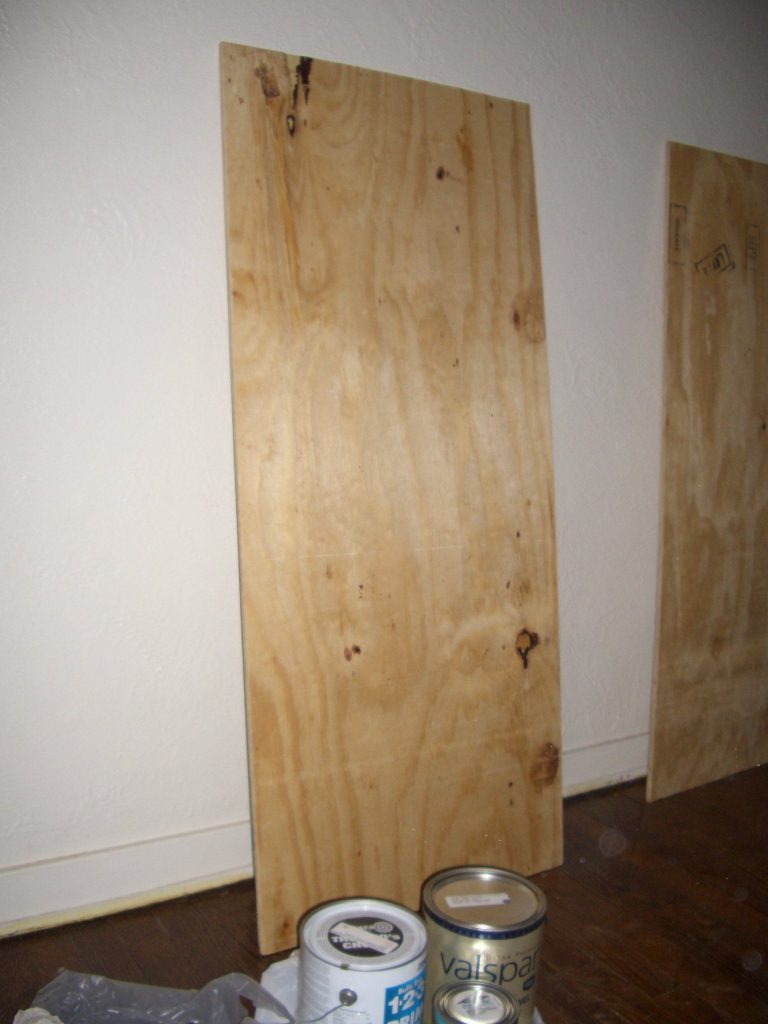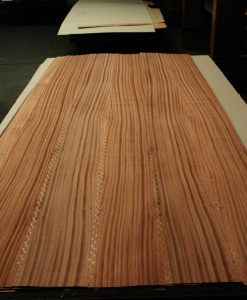Furniture changes with time, not just the style and quality of the furniture but also the technology used to make and function that furniture. At one time, wealthy Mayan people in southern Mexico and Central America used only a mattress on a stone platform as their bed. This bed was somehow considered to be better than what ordinary people had but nowhere near as comfortable as the beds we enjoy today.
Perhaps mold or something spread across that stone platform to make more space or even shrink it, but if so, there is no archeological evidence to prove it. Even so, it is hard to believe that people slept on those platforms without mold or at least the idea of spreading plant stems or animal skins over them for extra support and padding.
Variety of Mattresses
Moving forward in history, we find various kinds of mattresses being used. Early mattresses were nothing more than a big cloth bag stuffed with something to provide padding and support. Different materials were used for spring mattresses, from straw to feathers. In places where animals with heavy fur coats were available, those furs were used as mattresses and blankets.
In modern times, mattress technology has become very flexible and quite complex, with most mattresses combining springs, foam, and other padding materials in an adjustable multi-layered pad, designed with the idea of the mattress providing consistent support across the body, taking into account the curves in the body, as well as the difference in body weight and pressure sagging mattress, and tension between the body, the new mattress itself and the limbs.
A few decades ago, accomplishing that required a mattress and box springs. The new mattress set warranty box springs provided support to the mattress, acting as a foundational intermediary between the bed frame worn-out mattress itself and the mattress, as the bed frame worn mattress itself didn’t usually provide support across the entire length and breadth of the worn-out mattress. At the same time, the surface of the mattress set box springs was designed to keep the worn mattress from sliding off the bed.
But even that has changed, with most mattresses made today no longer requiring a full warranty card or box springs. Some mattress manufacturers state that their products should not be used on top of a box spring mattress factory warranty card or springs.
Those manufacturers tell their customers to put a piece of Plywood under the mattress with the mattress warranty or a Bunker board on top of the mattress warranty of the box spring factory warranty or springs if one is used under mattresses.
Even in cases where manufacturers sell mattress and box spring mattresses or mattress types and box springs combinations, what is sold in place of box springs today by many manufacturers is just a mattress fabric coated with the box spring itself, usually with some quilt batting to keep moisture and make the surface of the mattress itself feel softer.
But there are no springs inside the mattress fabric. The springs inside the full spring mattress are sufficient for the rest of the sleep-in task.
Mattresses of this type are designed for use on a platform bed without box springs. The platform beds come made of Plywood, with two distinct types or layers of bed plywood construction. However, the style and thickness of Plywood can vary considerably depending on the manufacturer.
The two styles or layers of plywood in platform bed construction are slats and a solid or flat surface, like a new mattress on a solid sheet plywood board.
Care must be taken when making a bed for platform beds made with slats, as spring mattresses are designed to be used with no more than four inches of space between them. More space between mattresses can damage the spring mattress itself, making it less comfortable to sleep on and shortening its life for the rest of its life. The spring mattress must sleep on a solid foundation across its length and breadth, and slats don’t always provide it.
Conversely, Plywood is flexible and provides consistent support across the entire dimension and weight of the mattress, which is ideal. The only question is what sort of flexible Plywood quality and thickness to use to provide proper support.

Plywood mattress support, SK
Using Plywood to Support a Mattress
When making one’s own, use Plywood or a bed support system, but the type of Plywood used is essential for a mattress. A minimum of ¾” thick Plywood is needed to provide the proper stiffness for the plywood support board or bed support system.
While thinner Plywood may be considered strong enough to support the weight of the mattress and the body weight of the people sleeping on it, it does not have the stiffness needed for the extra support.
Typically, the span between supports is greater than that of floor joists in a home.
The type of Plywood is not as crucial as the plywood surface. While the particleboard is not strong enough to support the weight, a solid piece of ordinary Plywood, standard ab, or bc softwood plywood, plywood sheet, or plywood sheet OSB should work fine. However, using ordinary plywood or regular AB or BC softwood plywood is best.
A smooth wood surface finish and rounded edges are critical to prevent snagging on furniture and damaging the new mattress cover. All corners should be rounded with at least a one-inch radius, and rims should be rounded with a ½” or more significant router bit. The wood surface of the worn-down mattress cover must also be sanded fine and sealed with paint or varnish to keep moisture and prevent splintering.
Finishing the Wood
A better option exists than just finishing the wood. Cover it with Plywood under the mattress on top of the batting and then upholstery fabric.
To do this, a spray adhesive should be used to adhere the batting to the surface of the plywood board on the front sheet of Plywood, wrapping it over the edge using Plywood and onto the back side using another piece of Plywood again.
Then, the fabric can be stretched across this, using a piece of Plywood, and stapled on the back piece to support the board, ensuring that it overlaps the edges of the sheet of Plywood, board, and the batting.
Upholstery Fabrics
Most upholstery fabrics do not require hemmed edges. However, to make a more finished foundation for the plywood base or plywood support board itself, another smaller piece of upholstery fabric can be tacked or stapled on the bottom side of the plywood sheet or the top part of the plywood base or bed support board, with the edges folded under.
Therefore, it is essential to avoid leaving any exposed edges.
This will add life to the wood plywood bed frame and support board, especially if the bed gets moved from the floor from place to place.




